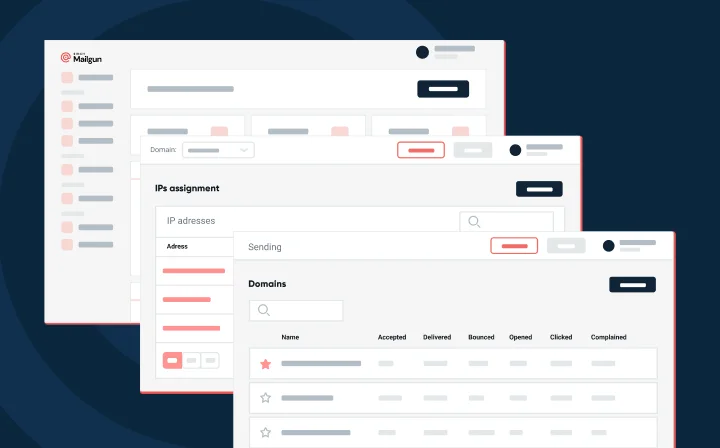Product
Mailgun verifications now supports alias and long-term disposable address identification

Product

Have you ever found your signups filled with email addresses like username+junkmail@gmail.com? If so, congratulations – you’ve found an email alias. This has become a fairly common practice with Google and Microsoft email addresses. Users are able to create unlimited alias addresses by appending a plus sign to the end of the local part of their email address.
Alias addresses are used for a variety of reasons, from testing signups (as you may have done) to circumventing terms of service (if you can only have one account per email address) or to ensure companies don’t share a users email address, and to classify email, especially as junk or spam.
We’re excited to share that our email verification service is now able to identify these alias addresses for you and return the root address. We strongly encourage you to continue to use the email provided by the user, but this information, as is shown below, can be used to track users who attempt to sign up for multiple accounts using a single email address.
{
"address": "username+junkmail@gmail.com",
"is_disposable_address": false,
"is_role_address": false,
"reason": [
"mailbox_does_not_exist"
],
"result": "undeliverable",
"risk": "high",
"root_address": "username@gmail.com"
}
We classify email addresses as alias addresses if they contain characters that could be removed without affecting the destination of an email. Periods and plus signs are the main offenders here but different providers allow for different characters to be used for this kind of alias address.
Gmail addresses allow users to add periods and plus signs to their addresses without affecting the destination of email. Periods can be placed anywhere in the local part of an address. Plus signs must be placed after the local part but before the @. The user can then write anything they want after the plus sign. The text after the plus sign is often used as a tag, and may be used to identify your company if you’re selling email addresses.
Outlook and Hotmail addresses treat plus signs the same way as Gmail addresses, but periods cannot be added to an address without altering the destination of the email.
Users of Yahoo Mail do not have these alias addresses available to them, but they do have an interesting alternative. Yahoo allows users to create disposable email addresses. These are distinct from the above mentioned alias addresses, because they must be manually created, they can be deleted at any time, and they cannot be traced back to the root address. When a user deletes one of these addresses, any mail arriving at the inbox will be bounced.
To create a Yahoo disposable address, users must first define a new “base name”. This name can be anything and does not need to be related to their username. Once a base name is defined, the user may create up to 500 disposable addresses, each using the base name plus a keyword separated by a hyphen.
For example, username@yahoo.com could create a basename of “disposable” then create the keyword “spam” to send/receive mail with the address disposable-spam@yahoo.com. Since we cannot identify the root address, and these addresses are easily detectable, we mark them as disposable addresses with the reason “long_term_disposable”.
{
"address": "username-junkmail@yahoo.com",
"is_disposable_address": true,
"is_role_address": false,
"reason": [
"long_term_disposable"
],
"result": "unknown",
"risk": "high"
}
Alias address identification is available on Foundation, Growth and Scale plans. Give it a try and improve the security of your platform and your email deliverability and reputation. Trust us, it’s worth it.